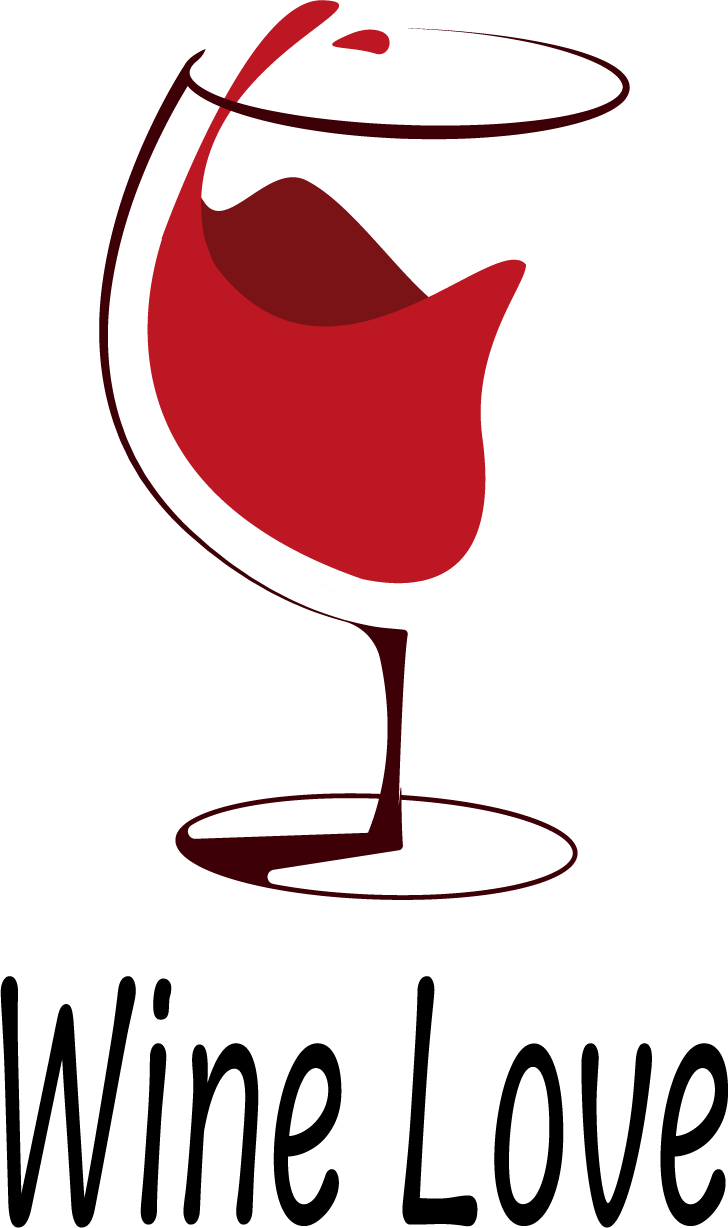
Introduction to Wine Investment
Investing in wine is a fascinating topic that combines the love of wine with the potential for financial gain. In this introduction, we will explore what wine investment is, its history, and why it’s becoming increasingly popular.
-
- Defining Wine Investment
Wine investment, also known as ‘vinous investment’, is the process of buying and holding fine wines to sell at a later date. The goal is to purchase wines that will increase in value over time, providing a return on investment. It’s similar to investing in stocks or real estate, but the commodity here is wine. This type of investment requires knowledge about different types of wines, their aging potential, and market trends.
-
- The History of Investing in Wine
Investing in wine is not a new concept. It dates back to the 18th century when wealthy individuals would buy more wine than they needed and sell the surplus when prices increased. However, it wasn’t until the late 20th century that wine investment became more mainstream. This was largely due to the establishment of wine futures and the recognition of wine as a legitimate alternative investment class.
-
- Why Wine Investment is Becoming Popular
Wine investment is gaining popularity for several reasons. Firstly, fine wine can offer good returns. According to a report by Wine-Searcher, some wines have seen an annual return of up to 15%. Secondly, wine is a tangible asset that doesn’t depreciate with time. In fact, the value of fine wine tends to increase as it ages and becomes rarer. Lastly, investing in wine can be a fun and enjoyable venture, especially for wine enthusiasts.
In the following sections, we will delve deeper into how to start a wine business, the step-by-step guide to investing in wine, and how to maximize your wine investment returns. So, whether you’re a wine lover looking to turn your passion into profits, or an investor seeking a new and exciting opportunity, stay tuned for more insights on wine investment.
Starting a Wine Business: A Comprehensive Guide
Understanding the Wine Market
Before you venture into the wine business, it’s crucial to understand the market. This involves knowing the key players, understanding pricing and valuation, and learning from successful businesses. Let’s delve into these aspects.
-
- Key Players in the Wine Market
The wine market is vast and diverse, with several key players. These include wine producers, distributors, retailers, and consumers. Producers are the vineyards and wineries that create the wine. Distributors are the entities that get the wine from the producers to the retailers. Retailers, such as wine shops and restaurants, sell the wine to the final consumers.
-
- Understanding Wine Pricing and Valuation
Wine pricing and valuation can be complex, but it’s essential to understand. The price of a bottle of wine depends on factors like the cost of production, the reputation of the winery, the quality of the grapes, and the age of the wine. Valuation, on the other hand, is about determining the worth of a wine business. This can be based on factors like the business’s assets, its income, and its market position.
-
- Case Study: Successful Wine Businesses
There are many successful wine businesses out there that we can learn from. For instance, E & J Gallo Winery, the largest family-owned winery in the United States, has been successful due to its focus on quality and innovation. They have a diverse portfolio of wines that cater to different tastes and budgets, and they continually invest in research and development to improve their products and processes.
Understanding the wine market is the first step towards starting a successful wine business. It provides the foundation for making informed decisions and developing effective strategies.
Setting Up Your Wine Business
Starting a wine business can be a rewarding venture. However, it requires careful planning and consideration. Here are some key aspects to consider:
-
- Legal considerations for starting a wine business
Before you start your wine business, it’s crucial to understand the legal requirements. These include obtaining necessary licenses and permits, adhering to zoning laws, and ensuring compliance with health and safety regulations. You’ll also need to understand the laws related to selling alcohol, which vary by state and country. It’s advisable to consult with a legal expert to ensure you’re fully compliant.
-
- Investment needed to start a wine business
Starting a wine business requires a significant investment. Costs to consider include the price of land (if you’re growing your own grapes), equipment, labor, and marketing. According to a report, the average cost to start a small winery is around $560,000. However, this can vary widely depending on the scale of your operation and your business model.
-
- Choosing your wine portfolio
Choosing the right wines to sell is a critical aspect of your business. Your portfolio should reflect your brand’s identity and appeal to your target market. Consider factors like taste, price point, and market trends when selecting your wines. It’s also important to offer a variety of wines to cater to different customer preferences.
Setting up a wine business involves careful planning and consideration. By understanding the legal requirements, estimating the necessary investment, and choosing the right wine portfolio, you can set your business up for success.
Investing in Wine: A Step-by-Step Guide
Investing in wine can be a rewarding venture, both financially and personally. However, it’s crucial to make informed decisions to ensure a successful investment. This guide will help you understand how to choose the right wine for your investment.
Choosing the Right Wine for Investment
Choosing the right wine for investment involves understanding wine ratings and reviews, knowing the difference between old world and new world wines, and recognizing what makes a wine investment-worthy. Let’s delve into these aspects.
- Understanding Wine Ratings and ReviewsWine ratings and reviews are essential tools for any wine investor. They provide an overview of a wine’s quality, based on factors like taste, aroma, and aging potential. Renowned wine critics and publications, such as Wine Spectator and Robert Parker, offer ratings on a 100-point scale. Wines rated 90 points and above are considered superior and often make good investments.
- Choosing Between Old World and New World WinesOld World wines come from regions with a long history of wine production, like France, Italy, and Spain. They are known for their traditional winemaking methods and often have a more subtle, complex flavor profile. New World wines, on the other hand, come from countries like the USA, Australia, and South Africa. They are typically more fruit-forward and bold in flavor. Both can be great investments, but it’s important to research the market trends and consumer preferences before making a decision.
- Key Takeaway: What Makes a Wine Investment-Worthy?A wine becomes investment-worthy when it has a high rating, is produced by a reputable winery, and has a proven track record of increasing in value over time. Limited production wines, or those that come from exceptional vintages, are often sought after by collectors and can fetch high prices at auction. The key to successful wine investment is patience, as wine often appreciates in value over several years.
To sum up, investing in wine involves careful consideration and research. Understanding wine ratings and reviews, choosing between Old World and New World wines, and recognizing what makes a wine investment-worthy are crucial steps in the process. With these insights, you are well on your way to making a successful wine investment.
Maintaining Your Wine Investment
Investing in wine isn’t just about buying and selling. It’s also about taking care of your investment. Let’s explore how you can maintain your wine investment.
- Proper storage and care for wineProper storage is crucial to maintaining the quality of your wine investment. Wine should be stored in a cool, dark place with a constant temperature of around 55°F (13°C). Humidity should be kept at about 70% to prevent the cork from drying out and letting air in. The wine bottles should be stored on their sides to keep the cork moist. Improper storage can drastically reduce the value of your wine investment.
- When to sell your wine investmentKnowing when to sell is just as important as knowing what to buy. The value of wine can increase significantly over time, but it can also decrease if the wine is past its peak. It’s important to keep track of market trends and the condition of your wine. Consider selling when the wine reaches its peak drinking window, or when there’s a high demand for that particular wine in the market.
- Example: Successful wine investments and their ROILet’s look at an example of a successful wine investment. In 2000, a case of Chateau Lafite Rothschild 1982 was valued at around $2,000. By 2011, the same case was worth over $35,000, yielding an impressive return on investment (ROI) of over 1,600%. This example shows the potential profits that can be made from wine investment when done correctly.
Maintaining your wine investment requires time and effort. But with proper care and strategic selling, you can maximize your returns and enjoy the fruits of your investment.
Uncorking Wine Profits: Maximizing Your Wine Investment Returns
Investing in wine can be a fruitful venture if done correctly. Let’s explore some strategies that can help maximize your wine investment returns.
Strategies for Profitable Wine Investments
There are several strategies you can use to make your wine investments more profitable. Here are three of the most effective:
-
- Buying and Holding Strategy
This is a long-term investment strategy. It involves purchasing high-quality wines and storing them for several years. As wine ages, it improves in quality and value. For instance, a bottle of wine bought for $100 could be worth $200 or more in 10 years. This strategy requires patience, but it can yield high returns.
-
- Flipping Wines for Profit
This strategy involves buying wine and selling it quickly for a profit. It’s best suited for those who have a good understanding of the wine market and can predict which wines will increase in value in the short term. For example, if a new wine is released and you believe it will be popular, you could buy several bottles and sell them once the price increases.
-
- Case Study: Profitable Wine Investment Strategies
Let’s look at a real-life example. John, a wine investor, bought a case of Chateau Margaux 2005 for $10,000 in 2006. He used the buying and holding strategy and kept the wine in optimal storage conditions. By 2016, the value of the wine had increased to $22,000, earning him a profit of $12,000. This case study shows how effective these strategies can be when used correctly.
These strategies can help you uncork your wine profits and maximize your wine investment returns. However, all investments come with risks, and it’s important to do your research and make informed decisions.
Managing Risks in Wine Investment
Investing in wine can be a rewarding venture, but like any investment, it comes with its own set of risks. Understanding these risks and learning how to manage them effectively is crucial for any successful wine investor.
-
- Understanding the Risks in Wine Investment
There are several risks associated with wine investment. The value of wine can fluctuate due to factors such as market demand, vintage quality, and critics’ reviews. Additionally, there are risks related to storage and authenticity. Poor storage conditions can degrade the quality of the wine, while counterfeit wines can lead to significant financial losses.
-
- How to Mitigate Risks in Your Wine Portfolio
To mitigate these risks, it’s important to diversify your wine portfolio. Don’t put all your eggs in one basket; instead, invest in a variety of wines from different regions and vintages. This way, if one wine doesn’t perform well, others in your portfolio may still offer good returns. Also, ensure your wines are stored in optimal conditions and always verify the authenticity of a wine before purchasing.
-
- Key Takeaway: Balancing Risk and Reward in Wine Investment
While wine investment can be risky, the potential rewards can be significant. The key is to balance the risk and reward by diversifying your portfolio, ensuring proper storage, and verifying authenticity. Knowledge is power in wine investment. The more you understand about the market and the wines you invest in, the better positioned you’ll be to make informed decisions and mitigate risks.
Managing risks in wine investment is all about understanding the market, making informed decisions, and taking necessary precautions. With the right approach, you can turn these risks into opportunities and uncork significant profits from your wine investments.
Start Your Wine Investment Journey Today
As we wrap up this comprehensive guide on wine investment, it’s important to revisit the key points we’ve discussed, outline the next steps for you to embark on your wine investment journey, and share some final thoughts on the potential profits of the wine business.
-
- Recap of the Wine Investment Guide
Throughout this guide, we’ve explored the fascinating world of wine investment. We started with an introduction to wine investment, highlighting its potential as a lucrative business venture. We then delved into a step-by-step guide on starting a wine business, covering everything from understanding the market to selecting the right wines for investment. We also provided a detailed guide on maximizing your wine investment returns, emphasizing the importance of careful selection, proper storage, and timely selling.
-
- Next Steps to Start Your Wine Investment
Now that you’re equipped with the necessary knowledge, it’s time to take the plunge. Begin by researching the current wine market trends. Identify the types of wines that are in demand and those that are likely to appreciate in value over time. Next, consider your budget and decide how much you’re willing to invest initially. Starting small is perfectly okay. Finally, establish a proper storage system to ensure your wines age well and maintain their quality.
-
- Final Thoughts on the Potential of Wine Business Profits
Investing in wine can be a profitable venture if done correctly. The key is to stay informed, make smart choices, and be patient. Wine investment is not a get-rich-quick scheme. It requires time and dedication. However, with the right approach and a passion for wine, it can yield significant returns and become a rewarding business.
The world of wine investment is ripe with opportunities. It’s a journey that requires knowledge, patience, and a love for wine. So, why wait? Start your wine investment journey today and uncork the potential profits that await.




